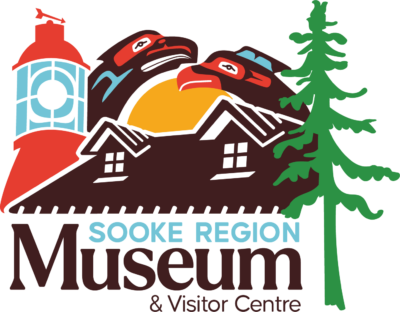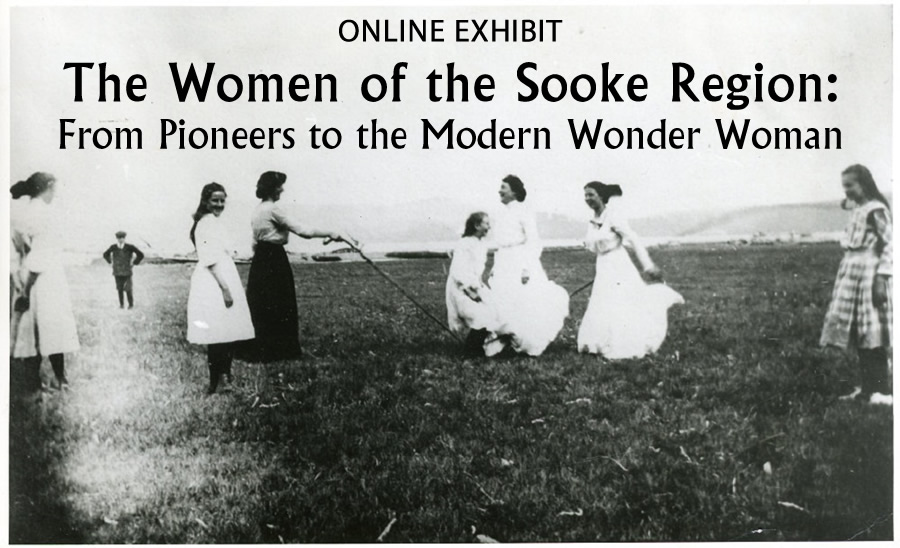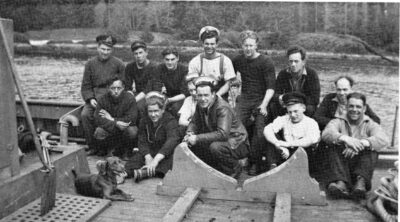Unleash your inner explorer at the Sooke Region Museum
The museum boasts exhibits both inside and outside. Feel free to explore the grounds where you can find historical buildings like the Polemaker’s Shack, Servants’ Quarters, and Moss Cottage. Inside you can explore the Sooke Region’s history through or displays on basketry, early settlers, forestry, and maritime. If you have the time, enjoy a short film or two! Museum produced films include Fishtraps and All Sooke Day.
2027 will mark the Sooke Region Museum’s 50th anniversary.
As we look to the future, we are taking time to review the displays, and the stories presented in them. With that, in the years leading up to the 50th anniversary, the interior displays will be changing.
Our exhibits are the result of hard-working and caring volunteers and staff from when the museum first opened in 1977 to present. We hope to re-envision the interior displays with the same amount of hard-work and care. The displays will change but the essence of the museum will remain. Always at the centre will be the people and the stories of the Sooke Region.
You can find updates about the interior exhibit refresh on it’s dedicated page.
Indoors
Outdoors
ONLINE EXHIBITS
PAST EXHIBITS
Fishermen’s Reserve: Troubled waters
Temporary Exhibit
Closed 23 December 2025
Last year, we explored the story of T’SOU-KE member Frank Planes; experience in the Fishermen’s Reserve. Frank was recruited for his intimate knowledge of the water and in return, he lost his status. In this years exhibit, we share his story again along with the formation of the Fishermen’s Reserve. Why was it made? Who lead the charge?
We look forward to you visiting.


